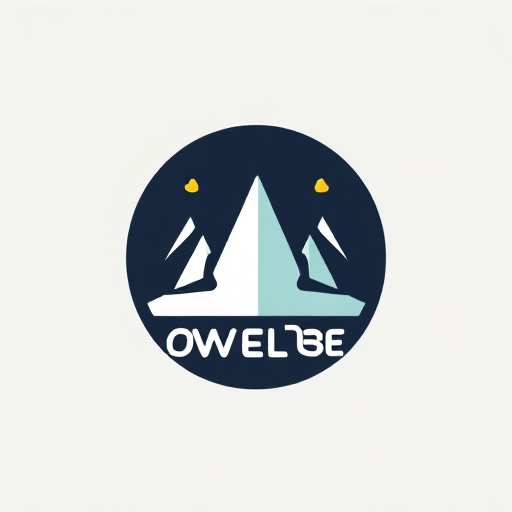Affordable Website Content Creation
Having a website is essential for businesses, bloggers, and content creators. However, creating content that is both engaging and optimized for search engines can be expensive if you’re not careful. Fortunately, there are numerous ways to produce high-quality, affordable website content that can boost your online presence without breaking the bank. In this article, we’ll explore cost-effective strategies and tips for creating web content that delivers results.

1. Understand the Importance of Website Content
Before diving into the specifics of affordable content creation, it’s important to understand why quality content is so crucial for your website. Content is the backbone of any website. Whether it’s blog posts, product descriptions, videos, or infographics, content helps you:
- Attract Traffic: Content that answers questions or addresses common problems will bring more visitors to your site.
- Engage Visitors: Good content keeps visitors on your site longer, improving user experience and increasing conversion rates.
- Boost SEO: Well-optimized content helps your site rank higher on search engines, making it more discoverable.
- Build Trust and Authority: Quality content can position you as an authority in your field and build trust with your audience.
2. Start with a Content Strategy
One of the first steps in creating affordable content is developing a strategy. A solid content strategy doesn’t have to cost a fortune, but it should provide direction. Follow these steps:
- Define Your Audience: Understand who you’re creating content for. Are they looking for tutorials, product reviews, entertainment, or expert insights? Knowing your audience ensures your content is relevant and valuable.
- Set Clear Goals: What do you want your content to achieve? Is it to drive traffic, generate leads, or build brand awareness? Defining your goals will help you focus your efforts.
- Choose Content Types: Decide on the types of content that will resonate best with your audience. Will you focus on blog posts, videos, podcasts, or infographics? Focus on what you can produce consistently within your budget.
- Create a Content Calendar: Planning ahead will save you time and help you stay organized. A content calendar can help you maintain consistency without feeling rushed.
3. Repurpose Existing Content
One of the most effective ways to produce affordable website content is by repurposing existing material. Repurposing allows you to extract maximum value from a single piece of content. For instance:
- Blog Posts: Turn an in-depth blog post into a series of social media posts, a podcast episode, or an infographic.
- Videos: Break a video into smaller clips and use them for promotional purposes on social media or for educational snippets on your site.
- Ebooks: Convert an ebook into a set of blog posts or a video tutorial series.
Repurposing content not only saves time but also helps you reach different audiences who may prefer different formats (such as readers, listeners, or viewers).
4. Utilize Freelance Writers
Hiring full-time writers can be expensive, but there are plenty of affordable freelance platforms where you can find experienced writers at reasonable rates. Websites like Upwork, Fiverr, and Freelancer offer various pricing options, from budget-friendly writers to highly skilled professionals.
When hiring freelance writers:
- Look for Specialists: Writers who specialize in your niche may provide better-quality content, even if they charge a bit more. Specialized content also tends to perform better in search engines.
- Start Small: Test the waters by starting with a small project. This helps you gauge the writer’s skills and compatibility with your needs before committing to larger projects.
- Negotiate Rates: Don’t be afraid to negotiate prices, especially if you’re offering ongoing work. Some writers offer discounts for long-term partnerships.
5. Use Content Creation Tools
There are many online tools available that can help streamline the content creation process and reduce costs. Some of these tools are free or low-cost, and they can significantly improve the quality and efficiency of your content creation efforts. A few examples include:
- Grammarly: An AI-powered writing assistant that helps ensure your content is grammatically correct and easy to read.
- Canva: A free tool for creating stunning graphics, infographics, and social media posts. It’s perfect for non-designers.
- BuzzSumo: A tool that helps you discover trending content ideas based on what’s working in your niche, so you can create relevant, engaging posts.
- Hemingway Editor: An app that makes your content more readable by suggesting simpler phrases and shorter sentences.
- CoSchedule Headline Analyzer: Analyzes your headlines and suggests ways to improve their clickability and SEO performance.
6. Incorporate User-Generated Content
User-generated content (UGC) is a fantastic way to create content without additional costs. Encouraging your audience to contribute content helps foster community while providing fresh material for your site. Examples of UGC include:
- Customer Reviews: Displaying user reviews or testimonials can enhance credibility and provide social proof.
- Guest Blog Posts: Invite guest bloggers to contribute to your site. They’ll bring fresh perspectives, and you’ll get new content at little to no cost.
- Social Media Content: Repost customer photos, videos, or comments related to your brand on your website or social media.
UGC not only saves time and money, but it can also strengthen your relationship with your audience.
7. Leverage SEO for Organic Traffic
Creating affordable content is one thing, but ensuring it gets discovered is another. Search engine optimization (SEO) is crucial for making your content visible to search engines and driving organic traffic to your site. Even on a tight budget, here are a few basic SEO tips:
- Keyword Research: Use free tools like Google Keyword Planner or Ubersuggest to find keywords that your audience is searching for. Incorporate these keywords naturally into your content.
- On-Page SEO: Ensure your content is properly formatted with headings, subheadings, meta descriptions, and alt text for images. This helps search engines understand your content.
- Backlinking: Backlinks (links from other sites to yours) are a powerful SEO tool. While acquiring backlinks might require some effort, they’re an affordable way to improve your site’s authority.
By focusing on SEO, you can ensure that your content reaches a larger audience without needing to invest heavily in paid advertising.
8. Measure and Improve Performance
Once you’ve created your content, it’s essential to measure its performance. Tools like Google Analytics and Hotjar can help you understand how visitors are interacting with your content. Look for insights such as:
- Bounce Rate: If visitors are leaving your site quickly, your content may not be engaging enough.
- Conversion Rate: If your goal is lead generation or sales, track how well your content is converting visitors into customers.
- Traffic Sources: Understand where your traffic is coming from (e.g., organic search, social media, referrals) so you can refine your content strategy accordingly.
Regularly analyzing your content’s performance will allow you to tweak and improve future content, ensuring that your efforts are continuously optimized.
Affordable website content creation is within reach for anyone, regardless of their budget. By developing a solid strategy, repurposing existing content, utilizing freelance writers and content tools, encouraging user-generated content, and focusing on SEO, you can produce high-quality content that attracts and engages visitors. With consistency and strategic effort, your website’s content can drive traffic, boost engagement, and help you achieve your business goals—all without breaking the bank.






